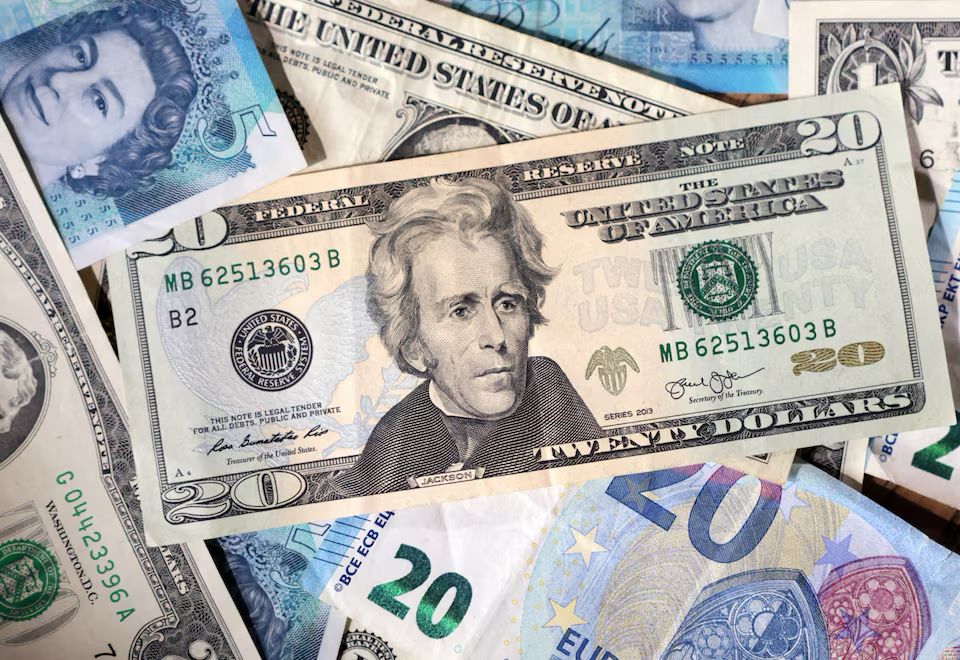In an era of growing financial volatility and global uncertainty, an increasing number of nations are adopting an unconventional strategy to stabilize their economies: embracing the U.S. dollar as their official currency.
While the dollar remains the world’s dominant reserve currency, its role as legal tender beyond America’s borders is less well known — and increasingly significant. Several countries and territories now use the greenback as their primary currency, replacing their national units with what they see as a symbol of stability, international credibility, and economic integration.
Why the Dollar?
For countries plagued by hyperinflation, currency crises, or fragile institutions, adopting the U.S. dollar — a process known as “dollarization” — offers a lifeline. By tying their economies to the dollar, these nations gain price stability, lower transaction costs in global trade, and a boost in investor confidence.
However, the decision comes with trade-offs. Dollarized countries surrender control over their monetary policy and lose the ability to adjust interest rates or conduct currency interventions tailored to domestic conditions.
Countries that have adopted the Dollar
At least eight sovereign nations, along with several territories, now fully or partially rely on the U.S. dollar:
- Ecuador
The South American nation switched to the dollar in 2000 following a banking collapse and rampant inflation. More than two decades later, dollarization remains popular among Ecuadorians. - El Salvador
In 2001, El Salvador adopted the U.S. dollar to deepen ties with the United States and attract investment. In 2021, it controversially added Bitcoin as legal tender, becoming the first country to do so. - Panama
Panama has used the dollar alongside its national currency, the balboa, since 1904. Balboa coins circulate locally, but paper currency is exclusively in U.S. dollars. - East Timor (Timor-Leste)
After gaining independence in 2000, this Southeast Asian nation adopted the U.S. dollar to support economic stability. - Federated States of Micronesia, Palau, and the Marshall Islands
These Pacific island nations use the dollar through Compacts of Free Association with the United States, which provide economic assistance and defense guarantees. - Zimbabwe
Following the collapse of its national currency in 2009 amid record-setting hyperinflation, Zimbabwe informally dollarized. Though a local currency has since been reintroduced, the U.S. dollar remains widely trusted and commonly used.
Territories Where the Dollar Dominates
In addition to sovereign countries, the dollar also circulates in several U.S. territories:
- Puerto Rico, Guam, U.S. Virgin Islands, Northern Mariana Islands, and American Samoa — all use the dollar as legal tender.
Several non-U.S. territories also rely on the dollar:
- British Virgin Islands (a U.K. overseas territory)
- Parts of the Caribbean Netherlands (Bonaire, Sint Eustatius, and Saba)
Dollarization is not without its challenges. Countries that adopt the U.S. dollar give up the ability to conduct independent monetary policy and can struggle to respond to external economic shocks. They also risk becoming more vulnerable to shifts in U.S. fiscal and monetary policies.
Yet in regions where monetary mismanagement and political instability have eroded trust in local currencies, the dollar’s perceived safety and global acceptance make it an attractive alternative.
Analysts say the trend could expand as inflation and economic instability rise globally. “For small, open economies with weak institutions, the dollar offers a solution” said John Hays, a Johns Hopkins University economist and a prominent advocate of dollarization. “But it also means surrendering a critical lever of national economic control.”
Read Also: Naira gains 0.48% against British pound, 0.24% against US dollar at official market
With geopolitical tensions escalating and financial markets increasingly volatile, the greenback’s role as the world’s safe-haven currency shows little sign of fading.
As Washington debates the global implications of weaponizing the dollar through sanctions and financial controls, policymakers around the world face their own complex calculations. For now, in the markets of Ecuador, the shops of El Salvador, and the streets of Zimbabwe, one truth remains: when confidence in local money collapses, the U.S. dollar remains the currency of choice.



